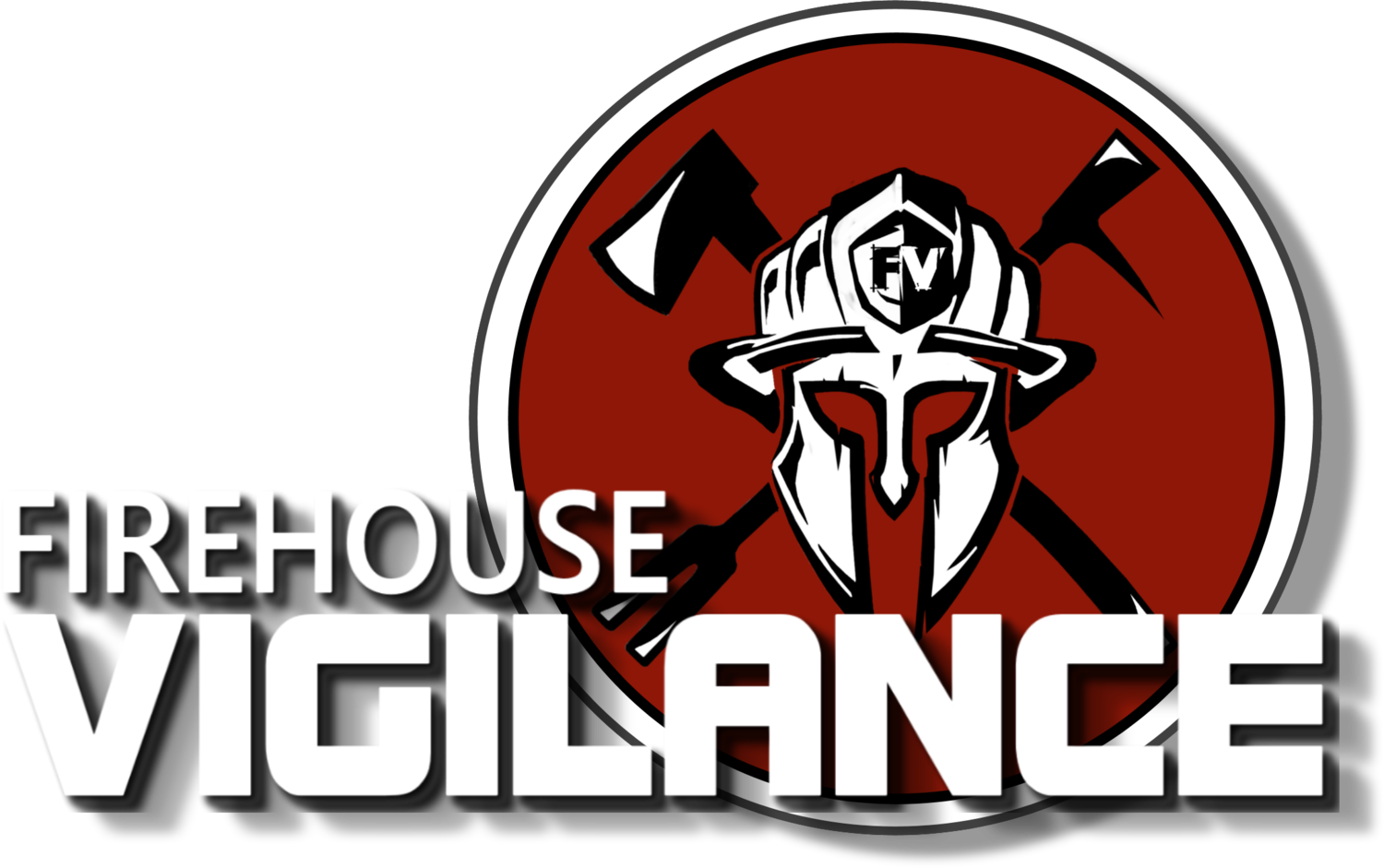The Fireman’s Guide to Main Street: 5 Buildings to Know
A five part series by
Chris Tobin & Lex Shady
There is a quote that we believe represents the vast majority of the fire service concerning buildings; it reads,
“Many an object is not seen, though it falls within the range of our visual ray, because it does not come within the range of our intellectual ray.”
Thoreau, Henry
Simply put, we all see buildings, but few understand what they’re actually looking at. That’s a problem, a really big problem for two important reasons: a building is the one thing that directly or indirectly affects everything we do on the fire ground and the only thing we can do about a compromised building is avoid it entirely. We show up with no solution to sagging roofs, crumbling walls, or missing floors other than staying away. We can mitigate smoke, fire, and rescue trapped victims, but we can do nothing about the leaning wall. It’s this stark reality that many forget and have paid the price. You can know all there is about fire behavior, your tools and strategies, none of which hold any value if you’re unfamiliar with the space in which they are relied upon. Some may say all fires are the same, which is true until you put one in a building. Behind every door are an infinite amount of variables, some known, some unknown and some unexpected. This is why nothing’s routine till it’s over and why knowing your buildings on a visceral level is paramount. If you want to be able to forward think, you must understand the data you’re receiving.
This will be a five part series exclusively examining five different types of legacy construction, each with its own article as it pertains to firefighting. The types of buildings were selected based on their prominence in today’s main streets and historic districts. These specific types of buildings exist in small towns from coast to coast but are more commonly found East of the Mississippi River where our national building stock originated before moving Westward.
The five buildings are the old house, the taxpayer, the old mill, the vacant theater, and the bowling alley.
Each of these will be examined along with inherent hazards and a play book for handling fires specific to each occupancy. Additionally since many of these buildings are found in small towns with departments that may not have the adequate resources, there will be a section based on short staffed responses for each. The objective of this series is to present the most useful amount of information in the least amount of space. Each of these buildings are worthy of their own book themselves; this series is meant to be concise and simple information for any level of firefighter. As with any article on architecture, regional vernacular and departmental jargon may vary. Nothing in these pieces is the final say, only the individual reader and their streets can make that claim.
Part One through Four have been published: The final installments has not been completed yet.
The following article was originally published at https://theshadyfirefighter.com - It is republished here with permission.





